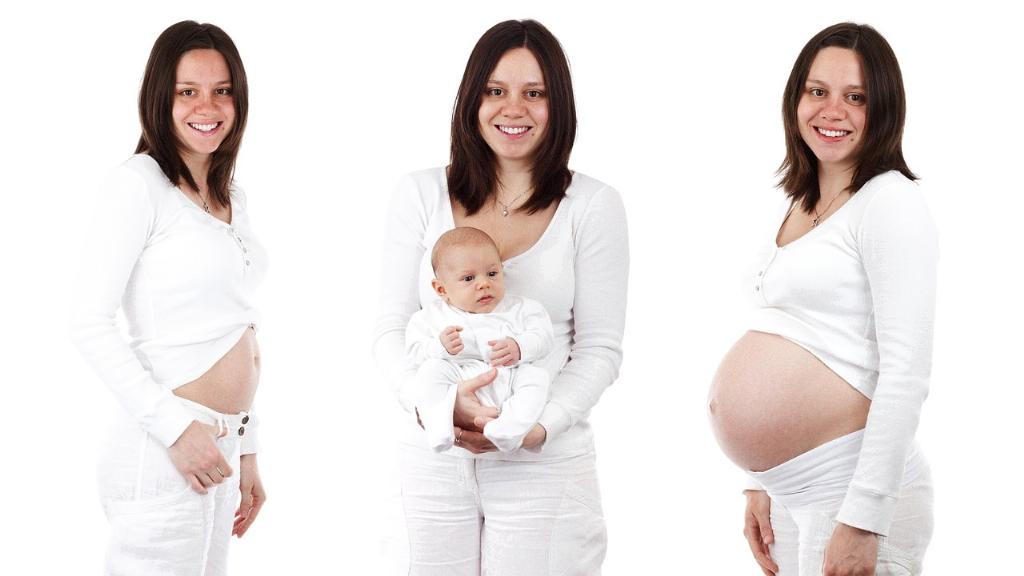Discovering that you are expecting twins can be an exciting and surprising moment for many parents-to-be. The early detection of a twin pregnancy is possible through various means, providing expectant parents with an early glimpse into their unique journey ahead.
One of the primary methods for detecting a twin pregnancy early on is through the use of ultrasound imaging. As early as 6 weeks into your pregnancy, an ultrasound can potentially reveal the presence of two embryos, indicating a twin pregnancy. This early ultrasound not only offers insight into the number of fetuses but also allows healthcare providers to monitor the development of each baby closely.
In addition to ultrasound imaging, another indicator of a possible twin pregnancy is the measurement of human chorionic gonadotropin (hCG) levels in the blood. Elevated hCG levels, especially notably higher than expected for the gestational age, can suggest the presence of twins. However, it is essential to note that a confirmation through ultrasound is necessary to definitively confirm a twin pregnancy.
It is important to remember that while certain signs and tests can hint at the possibility of a twin pregnancy early on, individual experiences may vary. Some parents may have a suspicion due to familial history, early pregnancy signs, or simply a gut feeling, prompting them to seek confirmation from healthcare professionals.
Upon receiving the news of a twin pregnancy, parents may experience a range of emotions, from excitement and joy to anxiety and apprehension. The prospect of welcoming two bundles of joy simultaneously can be both thrilling and overwhelming, leading to a mix of emotions as the reality sets in.
Understanding that a twin pregnancy comes with unique considerations and potential challenges, receiving early confirmation can offer parents the opportunity to prepare adequately for the journey ahead. From logistical planning to emotional readiness, knowing early on about the presence of twins allows parents to make informed decisions and seek out the necessary support.
Furthermore, the early detection of a twin pregnancy enables healthcare providers to tailor prenatal care to meet the specific needs of both the mother and the babies. Monitoring the growth and development of each twin closely from early on can help in identifying any potential issues or complications promptly, allowing for timely interventions and appropriate management.
Parents expecting twins often find themselves embarking on a unique and extraordinary parenting adventure. The early knowledge of a twin pregnancy not only offers insight into the upcoming journey but also serves as a source of motivation and inspiration for parents as they prepare to welcome their little ones into the world.
As with any pregnancy, early detection of a twin pregnancy brings with it a sense of anticipation and eagerness for the future. From envisioning double the cuddles and laughter to contemplating the logistics of raising two babies simultaneously, the revelation of expecting twins marks the beginning of a remarkable chapter in a parent’s life.
In conclusion, the detection of a twin pregnancy in the early stages can be achieved through methods such as ultrasound imaging and hCG level measurements. While these indicators can provide clues about the presence of twins, a definitive confirmation through ultrasound is necessary. Knowing early on about a twin pregnancy allows parents to prepare emotionally, physically, and logistically for the unique journey of raising two babies simultaneously.

